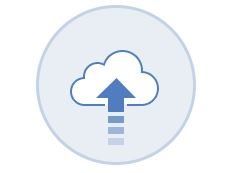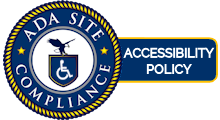Why is the IRS Sending Me This?
In a recent announcement, the IRS is telling taxpayers it's turning off some of its automated notices. Here is what you need to know.

Background
With the pandemic, incredibly late tax law changes from Congress, the congressional imposition on the IRS to send out three rounds of stimulus checks, and the requirement to create a new, automatic payment system of child tax credits has created a huge backlog at the IRS. In fact, there are over 6 million tax returns from last year that have still not been processed.
In the meantime, there are automated notices that go out to taxpayers that have not filed tax returns or corrected errors as deemed by IRS audit programming. To make matters worse, payments are being processed without an underlying tax return and the IRS is telling you they will return the money if you do not file your return. Penalties are imposed, there are demands for payment, even repeated notices to fix errors that have been fixed months ago!
Current situation
The IRS is now acknowledging the angst and hardship these notices are causing, at least for some taxpayers. So effective immediately, the IRS is turning off the following notices:
- Unfiled Tax Return
- Return Delinquency Notice
- Balance Due Notices
- Withholding Compliance Letter
Source: IR 2022-31 https://www.irs.gov/newsroom/irs-continues-work-to-help-taxpayers-suspends-mailing-of-additional-letters
What you should know
Don’t fret. IRS notices almost always raise your blood pressure. So open the notice and ask for help.
If you receive a notice, reply to it. While the IRS says it is not necessary to reply, you should probably still do so. Your reply must be timely AND be sent with confirmation of date sent. You can use certified mail or express mail service with tracking information. You don’t want to get caught up in the IRS machine while they try to sort it out.
Compliance is required. While the IRS is turning off many notices, the penalties and interest will still accrue if you have not filed your tax return or owe tax. So file your tax return and pay the tax as it is still required.
E-file helps. While some forms must still be processed via mail, most individual tax returns can be sent via e-file. Continue to file your return digitally whenever possible. Unfortunately, handling these correspondence audits often requires a written response.
It is temporary. The IRS will turn these notices back on after the backlog of tax returns is brought under control.
Sanity will hopefully return and all future tax law changes will be made before the next tax year starts. Just don’t hold your breath and be quick to ask for help if you need it.

















